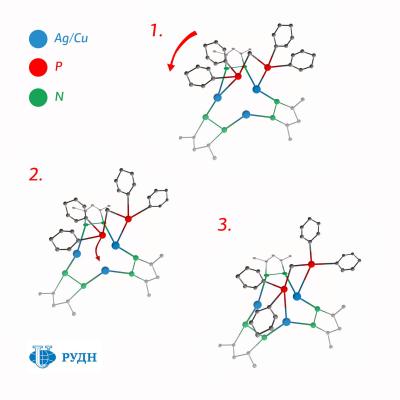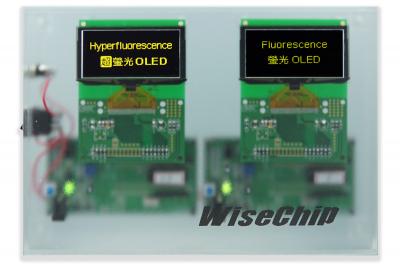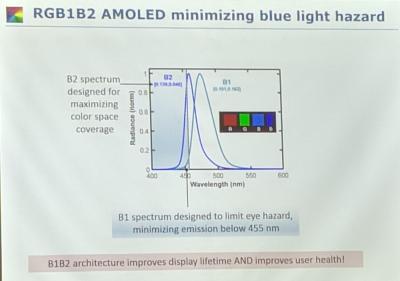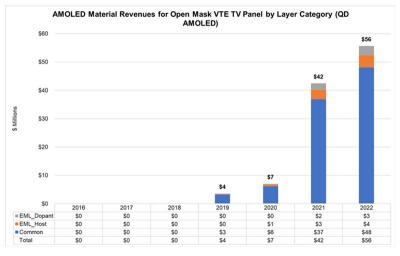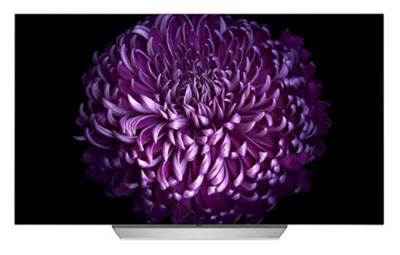Idemitsu Kosan and Toray developed a red TADF/HF device that is the world's most efficient OLED emitter
Idemitsu Kosan and Toray Industries announced that the companies have jointly developed a red OLED device that is the world's most efficient emitter at 46 cd/A. The device uses a TADF emitter combined with red fluorescent materials (which likely means this is a HyperFluorescence device).
Idemitsu and Toray has been collaborating on OLED material development since 2017. This new device uses Idemitsu's TADF material combined with Toray's new red fluorescent material. The two companies say that this new material provides the same results as currently used red phosphorescent devices, and the plan is now to "drive forward to secure adoption of their materials" in mobile and TV applications.
